
You're a physicist, right? I like physicists to visit this site. Not because you're brighter than everyone else, although in scientific terms you most probably are, or because I've got some sort of reverence for you, though secretly I probably have. I love you the way people love Sheldon Cooper. The way tigers love water. With a kind of irresistible draw that happens now and then but most especially when least expected.
Love. There's another word filled with improbable connotations. Not the kind of word you'd want to go uttering in the boardroom, or the kind of thing you'd be tempted to write an equation for. Not because you didn't want to, but because other people might find it rather silly. And we don't want to look silly. Not ever.
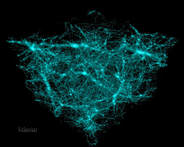
Now, it's fair to say that in all the years I've been delving into quantum mechanics, there hasn't been a week go by when I haven't found something new. Today a friend posted up this article on Facebook. I quickly transposed it to Twitter. The question it poses is most interesting. Could light be a communicative carrier? Is it possible that the photons zipping around in our brain are doing much, much more with us than we think?
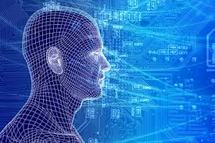
Spending trillions of pounds/dollars/whatever on neutrino traps isn't going to solve problems with constants or free anyone to shake off the constraints. These steps have to be taken inside, where the answers are, and it's going to have to be a physicist that comes through the smoke and mirrors to give everyone a chance to see the light of day. There in the dark recesses of someone's glowing mind lie the gems of information the Universe wants to deliver. We know it wants to deliver because it's delivered an awful lot so far, and too many scientists have reported their greatest achievements to be born of visions and dreams for anyone to argue that the process of ground-breaking discovery isn't in some sense metaphysical.
Oh, and while we're at it, The Petrino is still mine.
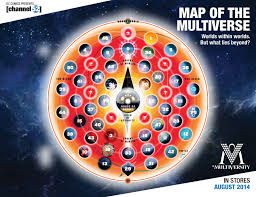
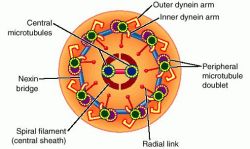
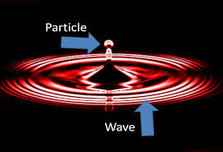
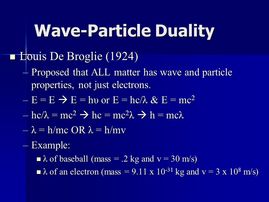
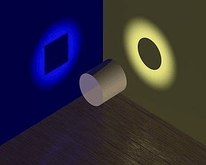
 RSS Feed
RSS Feed
